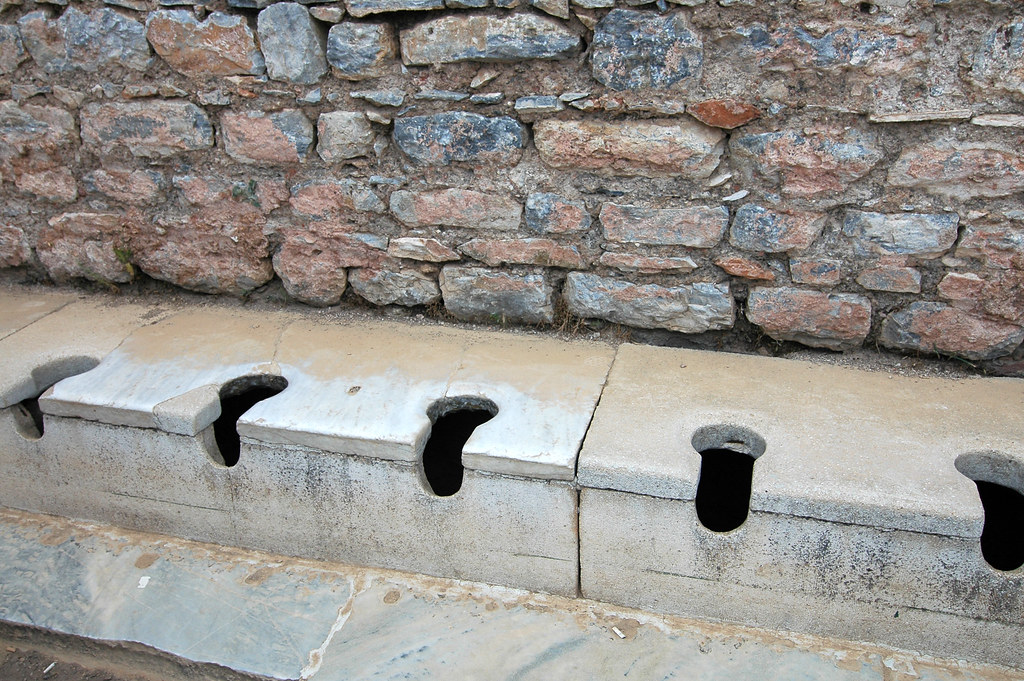An Informative Guide About Roman Plumbing System That You Need To Know
A plumbing system is almost essential in modern life. A lot of work is dependent on this system. In the early ages of humanity, no proper plumbing system existed. People are gone off far from crowded places for toilet purposes. As life evolves, people start thinking about a proper system for bathing and toilets. A variety of systems are available for this purpose.
But none of them have so much efficiency. Then in the Roman Empire, researchers did a lot of research on this topic and came up with many unique ideas. After much research, they finally decided to make a roman plumbing system. That plumbing system consists of excellent Cloaca Maxima drainage.
This article explains everything you need to know about the roman plumbing system. It’s time to start reading!
The material used in the Roman Plumbing system
The Roman plumbing system was made with volcanic rock and limestone. Roman uses these two materials to make a large open tunnel. This tuner is so massive that a man can easily stand in it.
Roman water supply and drainage system
Initially, Romans made an open drain system for flood water flow into the Timber river. They use massive stones on the side of the drainage system to enhance its efficiency.
This drain system’s water source comes from the heightened Forum Boarium stream. The water spread through the Roman city with the help of Cloaca Maxima. At first, Cloaca Maxima was an open drain system that had been covered with time. So, Cloaca Maxima becomes the first underground water drainage system.
In the early times, sanitation and hygiene were not the people’s priorities. As time has gone on, it has become more critical.

Who worked on the Roman plumbing system?
Cloaca Maxima is the result of Marcus Agrippa’s hard work and dedication. Marcus Agrippa is known for many reasons; some of them are:
- Statesman
- Soldier
- Architect
- First roman water commissioner
He works on improving the Roman plumbing system, including the extension of aqueducts, on improving the flow of drain water. Due to the improved flow of drain water, the streets of Rome became cleaner. He also makes improvements to water supply to the fountains and public washrooms. He also comes up with the idea of a constant supply of clean water, which is very necessary for the cleanliness of the sewer system.
Aqueducts in the Roman plumbing system?
Aqueducts are the Latin word “passage of water or waterway.” Romans built state-of-the-art aqueducts mainly used for drainage water. They built these waterways underground and above ground. These aqueducts are mostly made with volcanic ash and limestone. The length of these aqueducts is spread about 97 kilometers within the city, which carries fresh water for different purposes.
The Roman aqueduct system is considered an ancient example of groundwater reservoir. Earlier civilizations in Egypt and India also used to build Aqueducts for their groundwater needs. Roman improved its construction process and built a bigger and more complex network of these systems in their areas. Romans used to build these aqueducts for a period of about 500 years. In constructing these water systems, funds were contributed from both public and private bodies. Majority of the Roman emperors ordered to build those kinds of aqueducts. In building them, a great deal of planning was involved, including maintaining the gravity factor and land slope to channel water flow properly.
Along with fresh water, they also lay down separate aqueducts to drain dirty water. This drain system massively helps to live a healthy life. These aqueducts work on gravity role.
Final thoughts
Roman civilization was more focused on public health and hinge. So, they develop state-of-the-art plumbing systems. This system is so strong that some Roman-era drain systems are still working even in the modern world.
FAQs
- Is there any advantage of the roman aqueducts system?
Aqueducts have many benefits, including providing water to agricultural land, and public toilets also get water from these aqueducts. In the industries, these aqueducts provided water supply for hydraulic mining.
- What was the significance of Roman plumbing?
The ancient Roman plumbing system brought water to urbanites hundreds of kilometers away. Romans with wealth had hot and cold running water and a sewage system.




